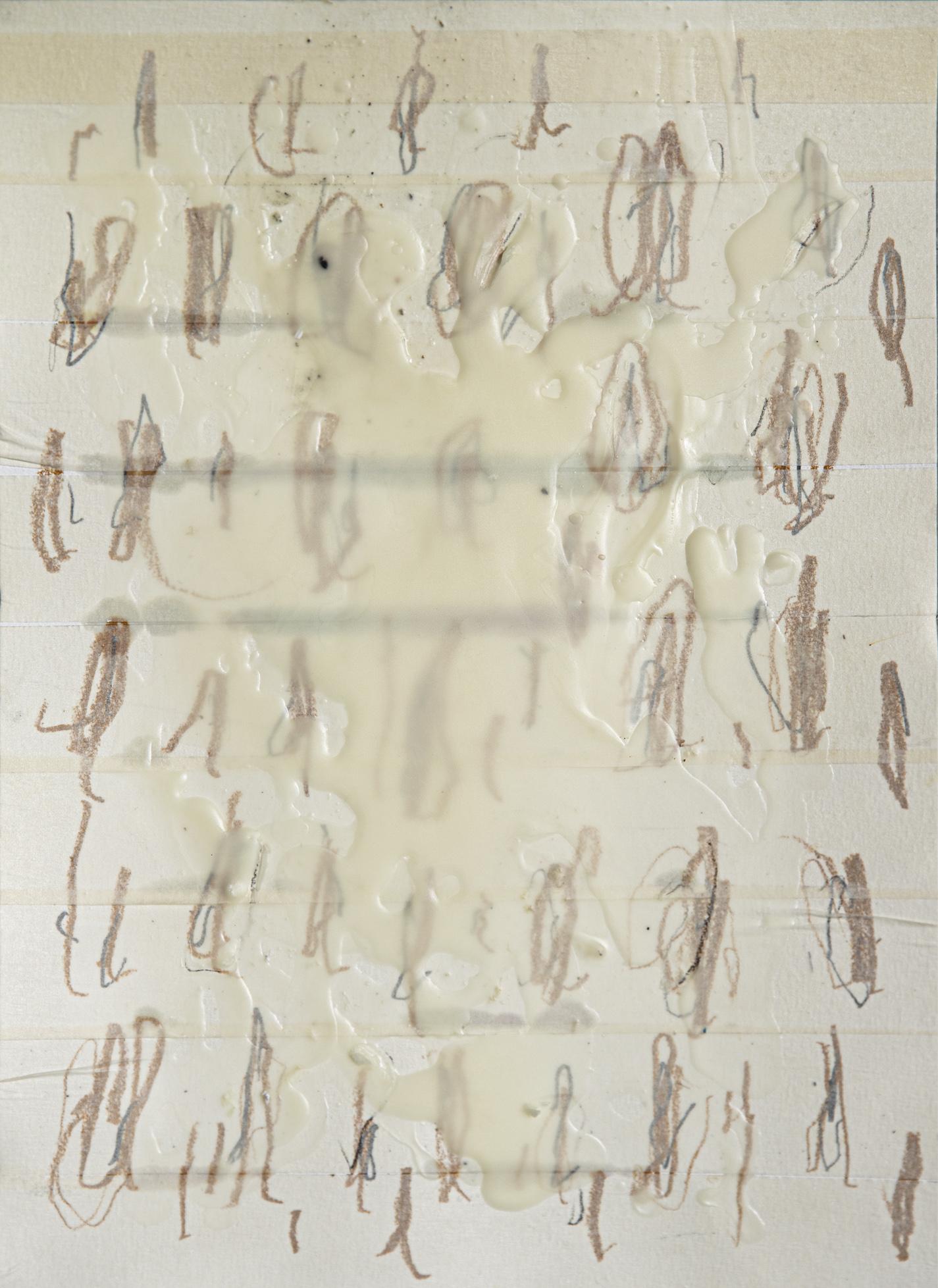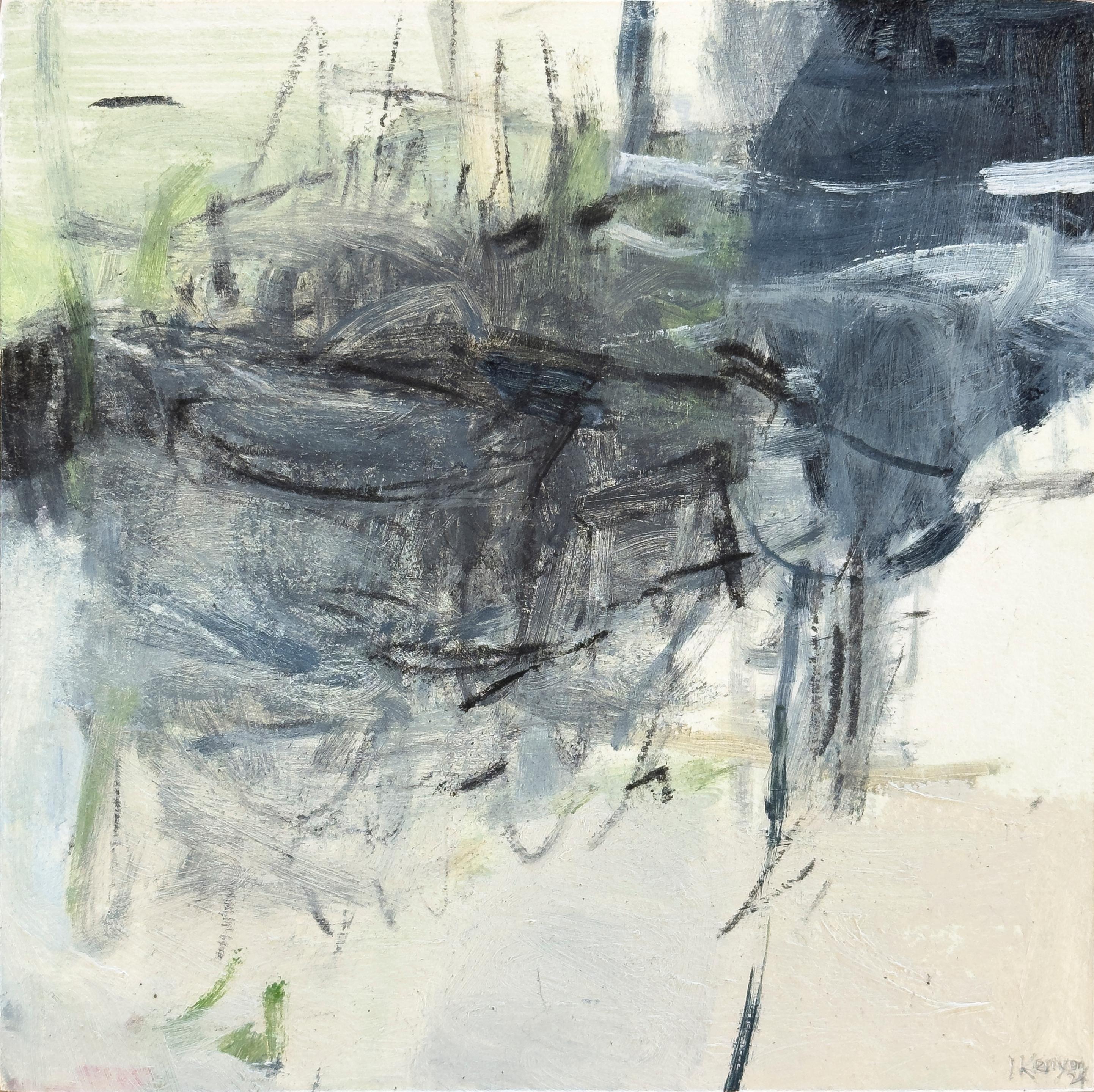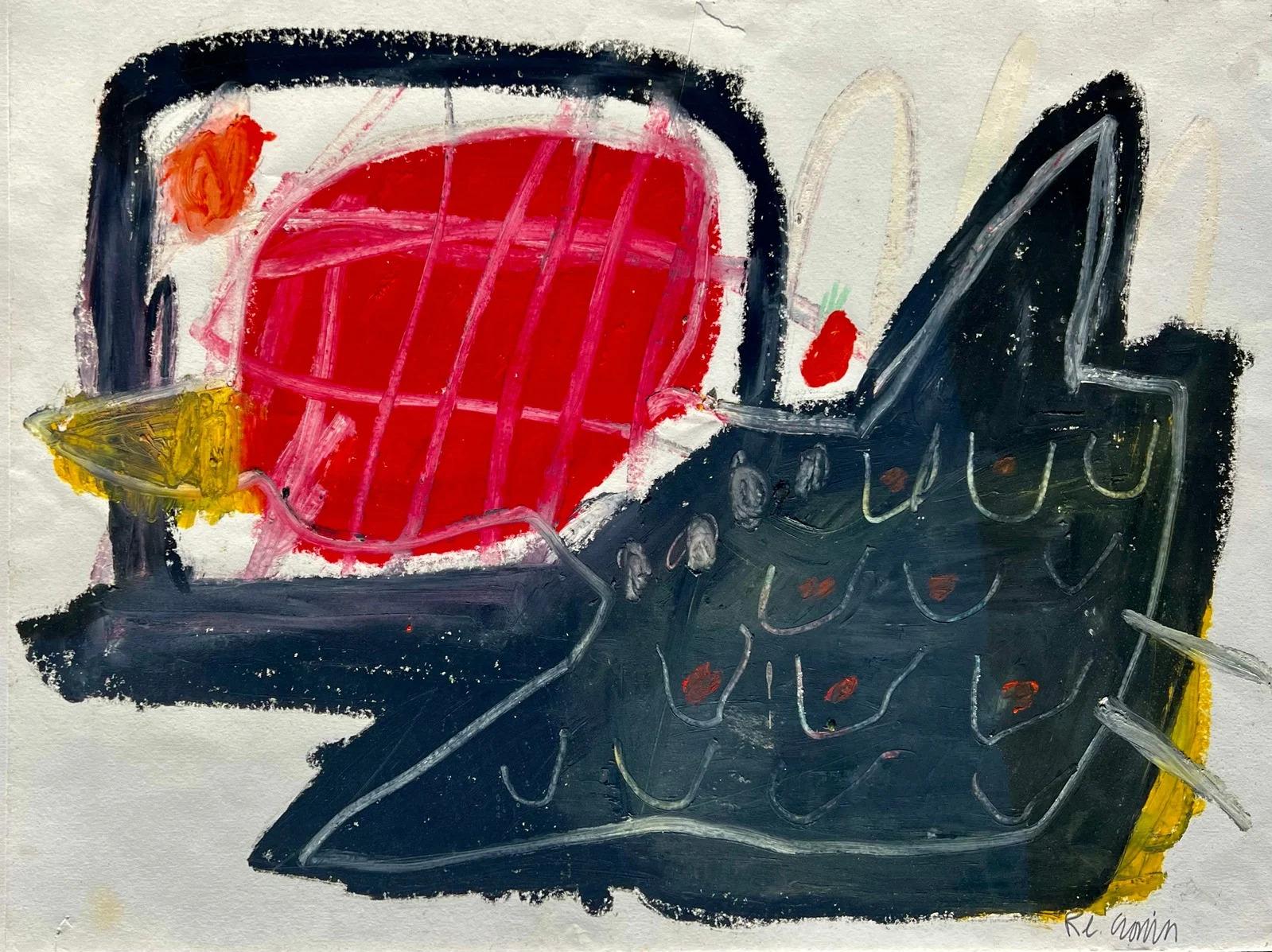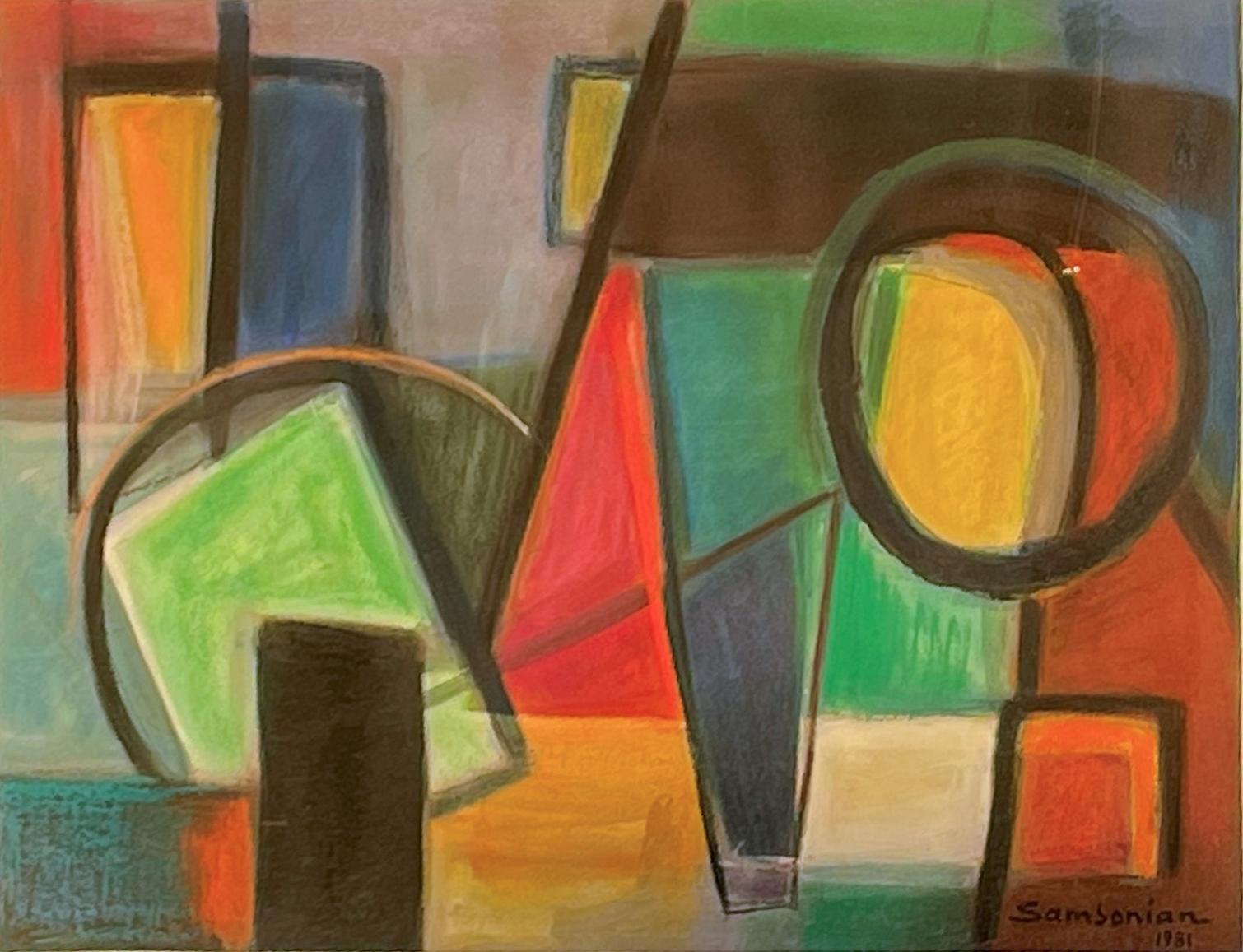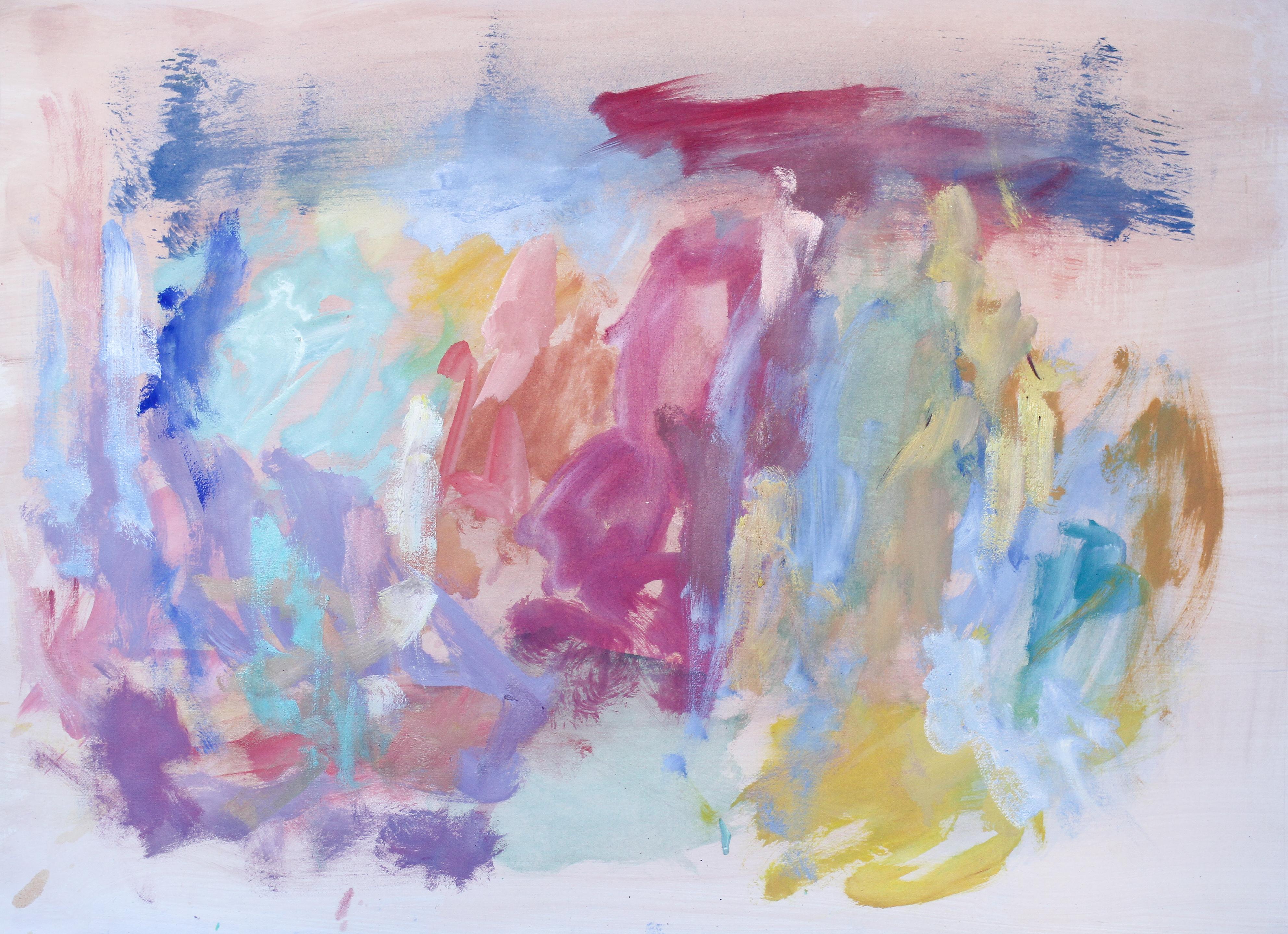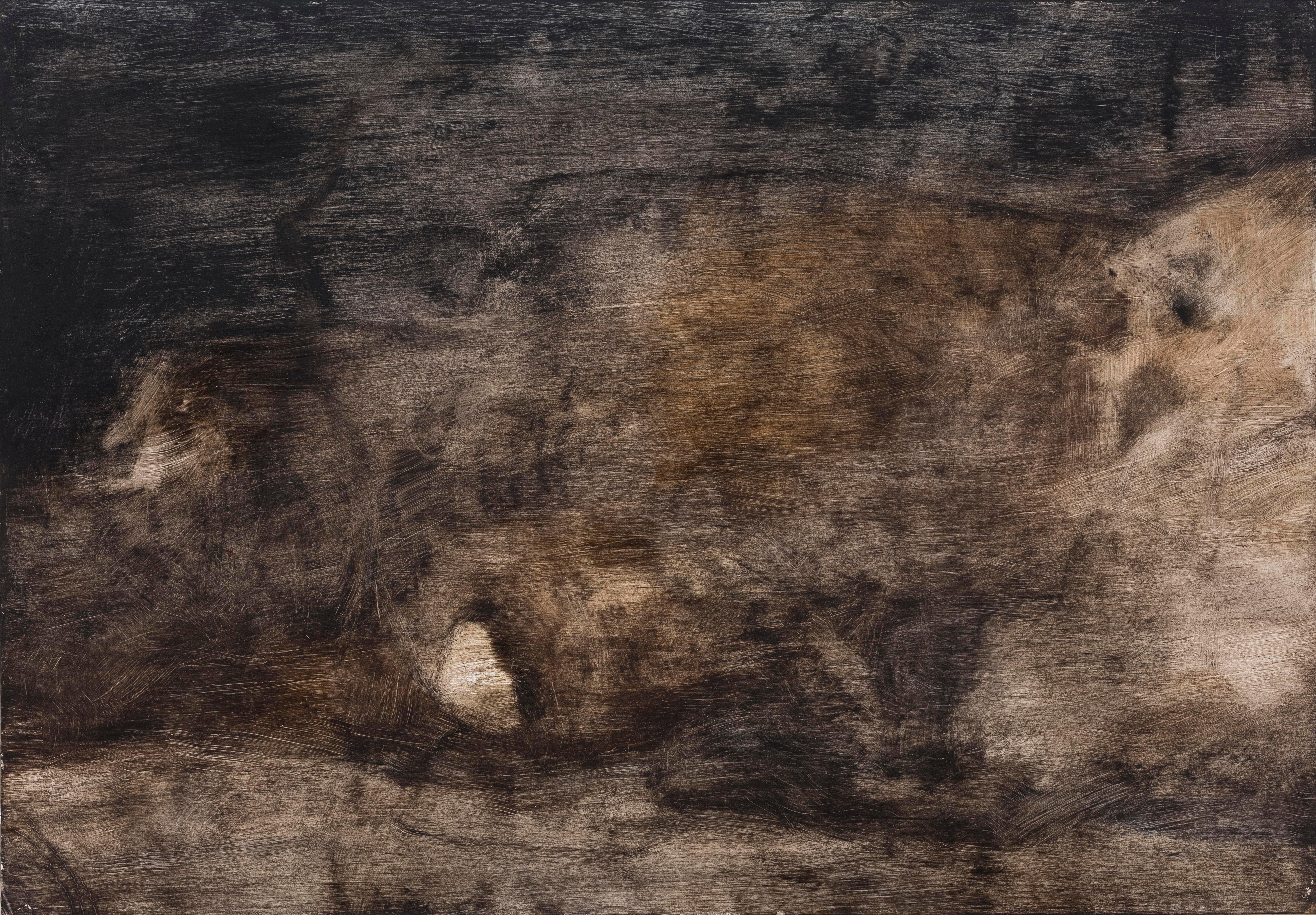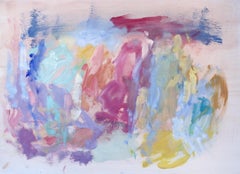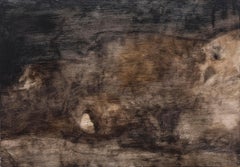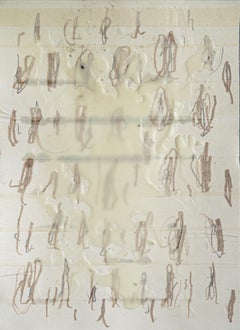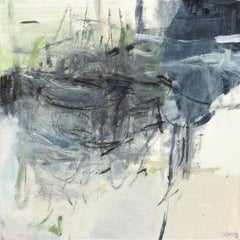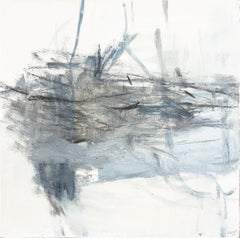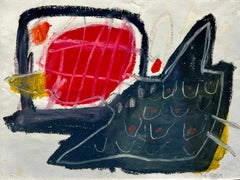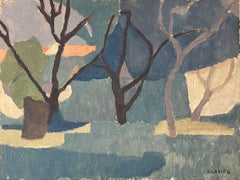
French Contemporary Art by Francine Ledieu - Tramery
View Similar Items
Want more images or videos?
Request additional images or videos from the seller
1 of 3
Francine LedieuFrench Contemporary Art by Francine Ledieu - Tramery1964
1964
About the Item
About the Seller
4.9
Platinum Seller
Premium sellers with a 4.7+ rating and 24-hour response times
Established in 2013
1stDibs seller since 2018
337 sales on 1stDibs
Typical response time: 2 hours
Authenticity Guarantee
In the unlikely event there’s an issue with an item’s authenticity, contact us within 1 year for a full refund. DetailsMoney-Back Guarantee
If your item is not as described, is damaged in transit, or does not arrive, contact us within 7 days for a full refund. Details24-Hour Cancellation
You have a 24-hour grace period in which to reconsider your purchase, with no questions asked.Vetted Professional Sellers
Our world-class sellers must adhere to strict standards for service and quality, maintaining the integrity of our listings.Price-Match Guarantee
If you find that a seller listed the same item for a lower price elsewhere, we’ll match it.Trusted Global Delivery
Our best-in-class carrier network provides specialized shipping options worldwide, including custom delivery.More From This Seller
View AllChinese Contemporary Art by Xia FuNing - Series The Fugitive Light No.1
By Xia FuNing
Located in Paris, IDF
Oil on paper
Xia Fu-Ning is a Chinese artist born in 1962 in Nanjing. He was a professor in the Department of Fine Arts during the 1980s at Tianjin Polytechnic University. He curren...
Category
2010s Contemporary Abstract Drawings and Watercolors
Materials
Paper, Oil
$22,800 Sale Price
20% Off
Catalan Contemporary Art by Miquel Angel Benejam - Abstract
Located in Paris, IDF
Oil on paper
Miquel Angel Benejam is a Catalan artist born in 1958 who lives and works in Barcelona, Spain. The collage understood in a broad sense, that cultural, technical, and ar...
Category
2010s Contemporary Abstract Drawings and Watercolors
Materials
Oil, Paper
$480 Sale Price
20% Off
Chinese Contemporary Art by Xia FuNing - Life Facing Death No 2
By Xia FuNing
Located in Paris, IDF
Oil on paper
Xia Fu-Ning is a Chinese artist born in 1962 in Nanjing. He was once a professor in the Department of Fine Arts during 1980s in Tianjin Polytechnic University and curre...
Category
2010s Contemporary Abstract Drawings and Watercolors
Materials
Paper, Oil
$13,344 Sale Price
20% Off
Chinese Contemporary Art by Xia FuNing - La Rencontre
By Xia FuNing
Located in Paris, IDF
Oil on paper
Xia Fu-Ning is a Chinese artist born in 1962 in Nanjing. He was once a professor in the Department of Fine Arts during 1980s in Tianjin Polytechnic University and curre...
Category
2010s Contemporary Abstract Drawings and Watercolors
Materials
Paper, Oil
$9,760 Sale Price
20% Off
Chinese Contemporary Art by Xia FuNing - Unknown Place
By Xia FuNing
Located in Paris, IDF
Oil on paper
Xia Fu-Ning is a Chinese artist born in 1962 in Nanjing. He was a professor in the Department of Fine Arts during the 1980s at Tianjin Polytechnic University. He curren...
Category
2010s Contemporary Abstract Drawings and Watercolors
Materials
Paper, Oil
$22,800 Sale Price
20% Off
Chinese Contemporary Art by Xia FuNing - Series The Fugitive Light No.2
By Xia FuNing
Located in Paris, IDF
Oil on paper
Xia Fu-Ning is a Chinese artist born in 1962 in Nanjing. He was a professor in the Department of Fine Arts during the 1980s at Tianjin Polytechnic University. He curren...
Category
2010s Contemporary Abstract Drawings and Watercolors
Materials
Paper, Oil
$22,800 Sale Price
20% Off
You May Also Like
The Struggle itself towards the heights is enough to fill a man's heart.
By On Hansen
Located in Miami Beach, FL
The Struggle itself toward the heights is enough to fill a man's heart, 2021 by On Hansen
Rubber resin, rice paper, oil stick, wax pastel, and encaustic wax ...
Category
2010s Minimalist Mixed Media
Materials
Organic Material, Ink, Wax, Oil, Handmade Paper, Washi Paper
Early Marks No. 3
Located in Columbia, MO
Lita Kenyon was born in Marinette, Wisconsin. She attended Columbia College for her BFA, and earned her MA from Northern Illinois University 1982. She’s been featured in Empty Mirror...
Category
21st Century and Contemporary Contemporary Abstract Drawings and Waterco...
Materials
Charcoal, Archival Paper, Oil, Wood Panel
Hideout
Located in Columbia, MO
Lita Kenyon was born in Marinette, Wisconsin. She attended Columbia College for her BFA, and earned her MA from Northern Illinois University 1982. She’s been featured in Empty Mirror...
Category
21st Century and Contemporary Contemporary Abstract Drawings and Waterco...
Materials
Charcoal, Oil, Wood Panel, Archival Paper
Ryan Cronin - Duck, Drawing 1999
Located in Greenwich, CT
Duck
Ryan Cronin
Oil Stick on Paper (ND)
30" x 22.5"
When people look at his work Cronin wants them to feel an immediate impact, even if they’re not sure what hit them. The raw, alm...
Category
2010s Abstract Mixed Media
Materials
Paper, Oil
"Colorful Geometric Abstraction, " Simon Samsonian, Armenian Artist
Located in New York, NY
Simon Samsonian (1912 - 2003)
Colorful Geometric Abstraction, 1981
Oil on paper
16 x 22 inches
Signed and dated lower right
Provenance:
Estate of the artist
This survivor of the Armenian genocide wound up in a Cairo orphanage in 1927. He rose to fame as one of Egypt’s great modernists, but after moving to Long Island late in life he withdrew into anonymity. Now his compelling story is being told. Art historians are finally beginning to realize that the power of abstraction in its early years was a zeitgeist not limited to the major European centers of the avant-garde — Paris, Munich, and Moscow — but one that quickly rippled to major cities throughout the world. Within a few decades that original shock of a new vision had inspired thousands of artists from different cultures — particularly those the Middle East — whose translations were not slavish imitations of works by seminal figures like Picasso, Braque, Malevich, and Kandinsky but creative variants colored by their respective cultures.
This essay focuses on an extraordinary Armenian artist, his harrowing survival of the genocide, his rise to fame in Cairo, and his creation of a unique style of abstraction. Art historians have typically formed a chorus that teaches the history of abstraction like this: Just before and during the World War I era, several avant-garde artists emerged to create shockingly different new forms by which artists could express themselves. In Paris, Picasso and Braque broke out with cubism, quickly followed by Mondrian. In Moscow, Malevich created Suprematism, the ultimate hard-edge geometric abstraction. And in Munich, Kandinsky emerged as the father of Abstract Expressionism. Within these few short years a zeitgeist was sensed throughout the art world. American pioneers, too — particularly Stanton Macdonald-Wright and Morgan Russell — felt this explosive freedom of expression. When Europe was recovering after World War I it became clear that Paris would retain its title as capitol of the art world, lasting through the Roaring Twenties and even through the Great Depression. But the end of World War II changed everything. A parallel war had been won by a group of irascible young Abstract Expressionists in New York — led by Pollock, Rothko, DeKooning, and Kline. No sooner had Paris been liberated from the Germans than Picasso, Matisse, Breton, and Duchamp surrendered to the Americans. From that point on New York would be the epicenter of the art world.
But a lens that focuses myopically on the war between the avant-garde of Paris and New York misses the wider narrative of multiple aesthetic modernities that developed in the several decades following World War I. For Armenian artists the matter is even more complex owing to the genocide of 1915 where more than 1.5 million people — seventy-five percent of Armenians in the Ottoman Empire — were massacred. Those not shot on the spot were sent on death marches through the Mesopotamian desert without food or water. Frequently, the marchers were stripped and forced to walk naked under the scorching sun until they dropped dead.
As a child Samsonian witnessed the murder of his parents and most of the members of his family. Soon thereafter, his older sister, Anahid, quickly shepherded him into a line of children being rescued by Greek nuns. But they became separated and he lost her, too. He was sent to a Greek orphanage in Smyrna (now Izmir), on Turkey’s west coast. Because he only knew his first name, the orphanage gave him a last name based on the place where they found him — Samsun — a major port on Turkey’s north coast on the Black Sea. His birth date was unknown, too. According to Samsonian’s vague recollections he assumed he was about three or four years old at the onset of the genocide, which would place his birth year in 1911 or 1912. In 1922, when Samsonian was about 10, the Turks ended their war with the Greeks by putting Smyrna to the torch in what has been called the “Catastrophe of Smyrna.” Once again, the child was on the run, escaping the fire and slaughter. He found temporary refuge in Constantinople, but within a year that major port would fall to the Turks, too, and become renamed as Istanbul. This time, Samsonian was whisked away to an orphanage in Greece founded by the American charity, Near East Relief — which is credited with saving so many Armenian orphans that the American historian Howard M. Sachar said it “quite literally kept an entire nation alive.
Any understanding of Samsonian’s approach to modernism requires careful consideration of the impact of his early years because his art is inseparable from the anguish he experienced. In 1927, when he was a teenager, he was transferred to Cairo, Egypt, then a cosmopolitan city hosting a sizable portion of the Armenian diaspora. There he lived with thirty-two other children on the top floor of the Kalousdian Armenian School. Upon graduating in 1932 he won a scholarship to attend the Leonardo da Vinci Art Institute — an Italian art school in Cairo — where he won first prize in final examinations among one hundred students. He found work with an Armenian lithographic printer and he returned to the Kalousdian Armenian School to teach drawing. In 1939 he married one of his students, Lucy Guendimian.
The Cairo in which Samsonian matured as an artist was home to many prominent art collectors after World War I. In this receptive environment Samsonian exhibited widely and won many awards. Beginning in 1937 and for the next thirty years he exhibited annually at the prestigious Le Salon du Caire hosted by the Société les Amis de l’Art (founded in 1921). After World War II he hit his stride as a modernist in Cairo, counting among his peers other artists of the Armenian diaspora such as Onnig Avedissian, Achod Zorian, Gregoire Meguerdichian, Hagop Hagopian...
Category
1980s Abstract Geometric Abstract Drawings and Watercolors
Materials
Paper, Oil
Red Swash (Abstract painting)
By Anne Russinof
Located in London, GB
Red Swash (Abstract painting)
Oil on gessoed Arches paper. Unframed.
For Russinof, everything begins with color. She begins a painting by applying color in lyrical, gestural marks....
Category
2010s Abstract Expressionist Abstract Paintings
Materials
Paper, Oil
